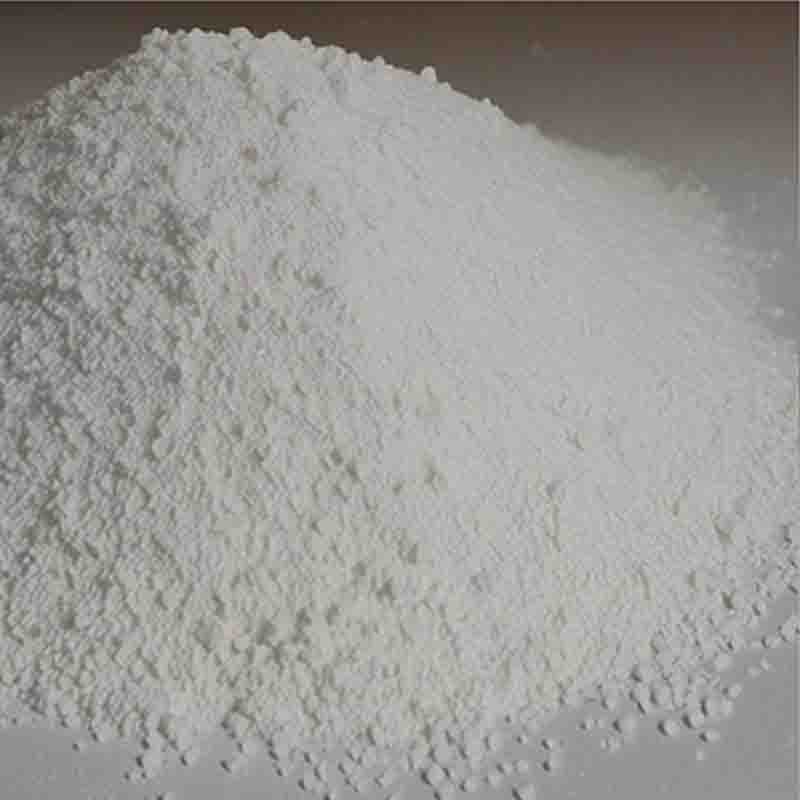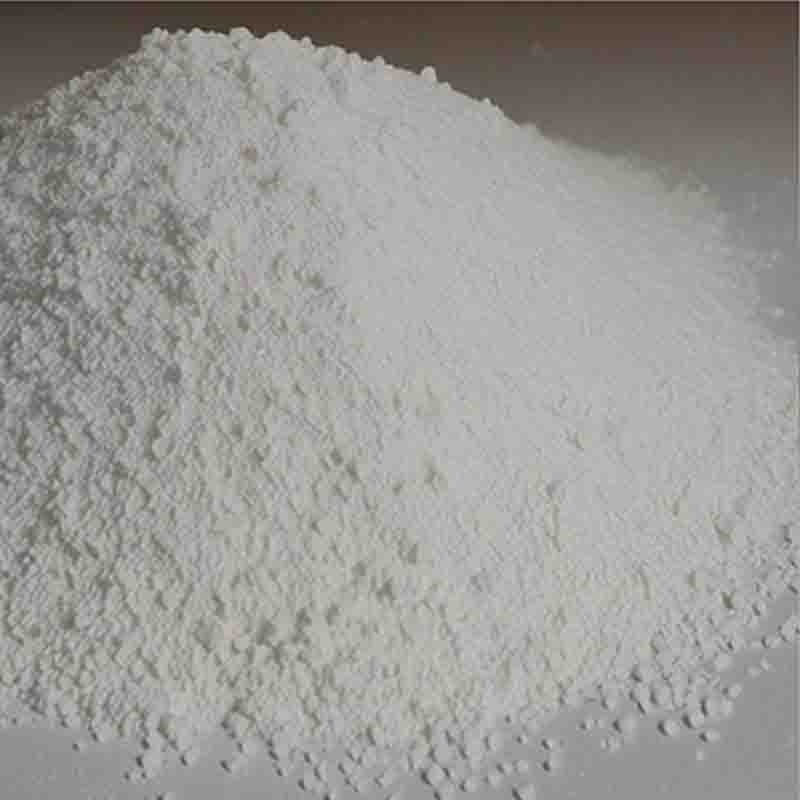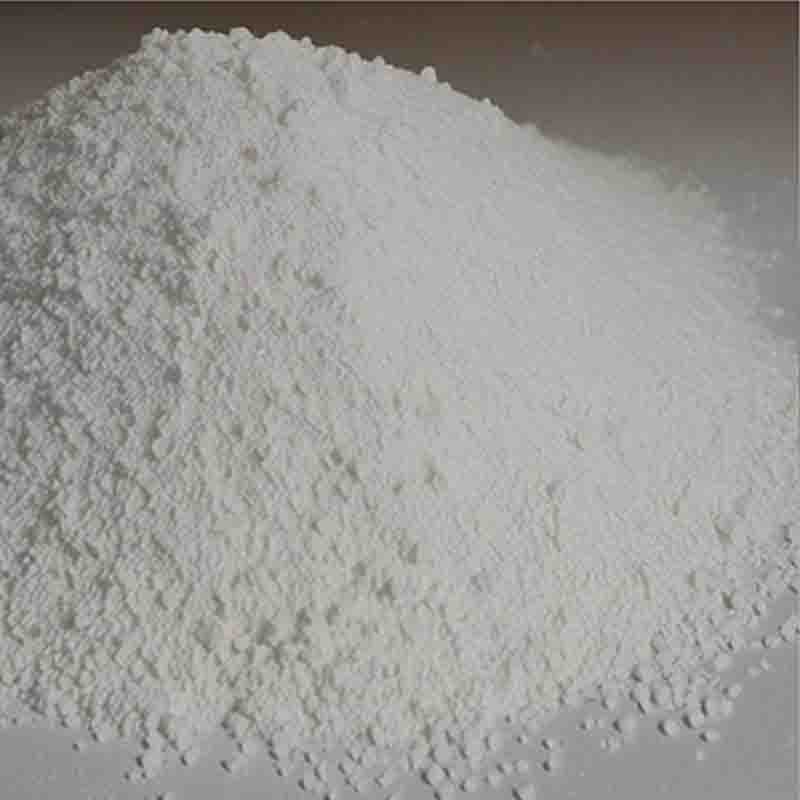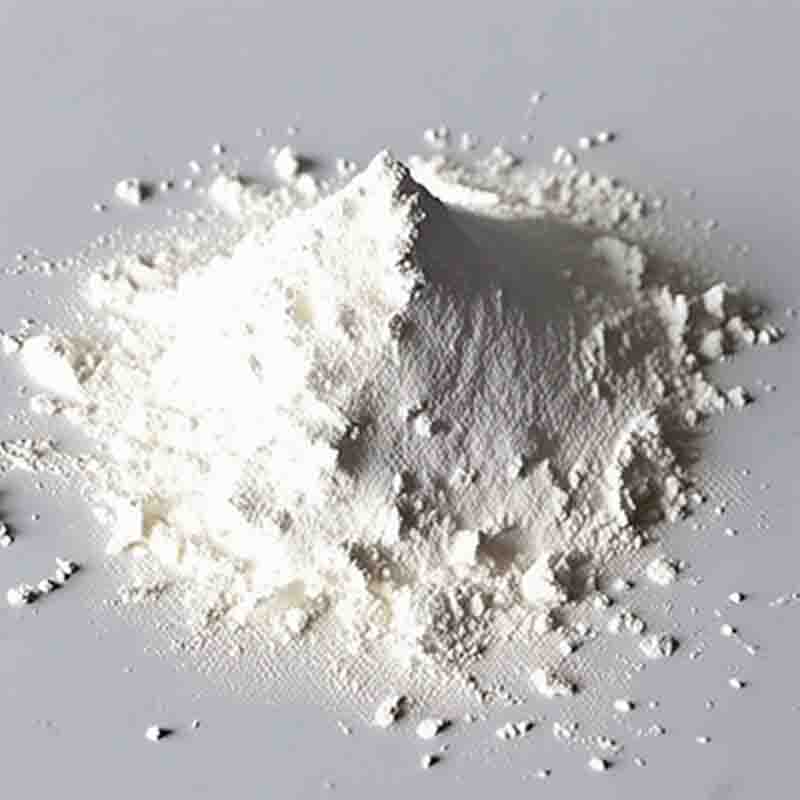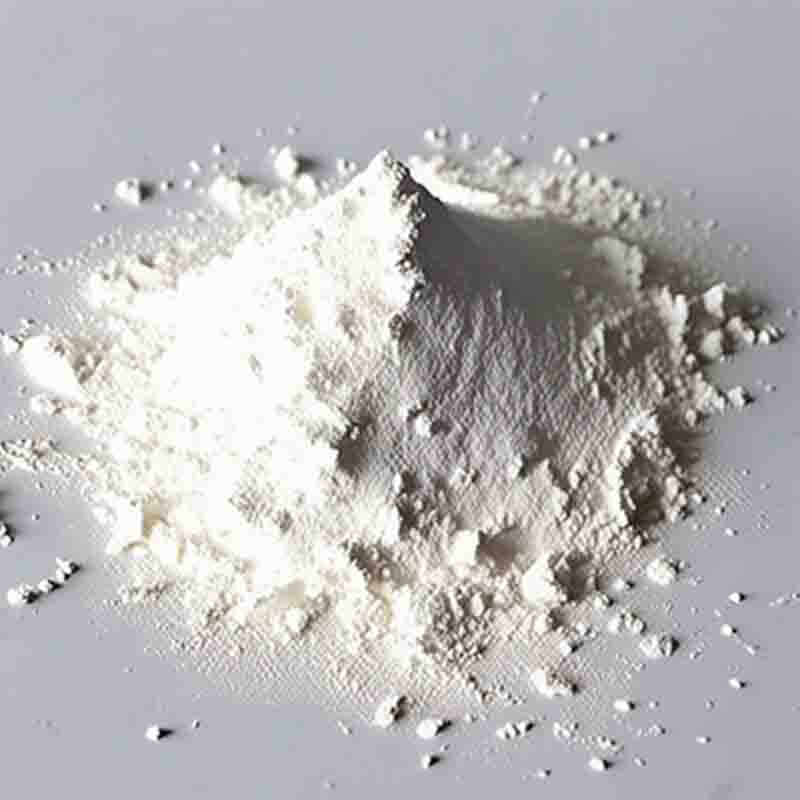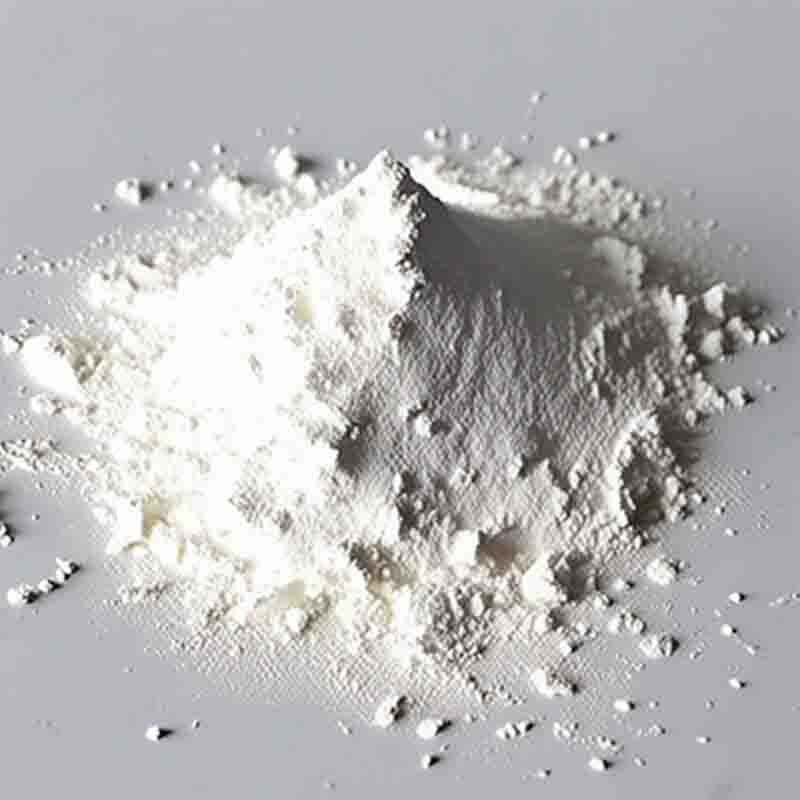DL-Mercaptosuccinicacid CAS:70-49-5
| Catalog Number | XD96292 |
| Product Name | DL-Mercaptosuccinicacid |
| CAS | 70-49-5 |
| Molecular Formula | C4H6O4S |
| Molecular Weight | 150.15 |
| Storage Details | Ambient |
Product Specification
| Appearance | White powder |
| Assay | 99% min |
DL-Mercaptosuccinic acid, also known as DMSA, is a chemical compound that has been extensively studied for its chelating properties and therapeutic applications. It contains a mercaptan group (-SH) attached to a succinic acid molecule.One of the main effects of DL-Mercaptosuccinic acid is its ability to chelate heavy metals. Chelation therapy involves the use of chelating agents to bind and remove toxic metals from the body. DL-Mercaptosuccinic acid has a high affinity for heavy metals such as lead, mercury, and arsenic. When administered orally, it can bind to these metals and enhance their excretion through urine, reducing their levels in the body. This property has made DMSA an effective treatment for heavy metal poisoning and toxicity.DL-Mercaptosuccinic acid also exhibits antioxidant properties. It can scavenge and neutralize free radicals, which are highly reactive molecules that can cause oxidative damage to cells and tissues. This antioxidant activity of DMSA helps in reducing oxidative stress and protecting against the harmful effects of free radicals, thereby promoting overall health and potentially preventing various chronic diseases.In addition to its chelating and antioxidant effects, DL-Mercaptosuccinic acid has been investigated for its potential efficacy in treating neurodevelopmental disorders, particularly autism spectrum disorder (ASD). Some studies have found that DMSA treatment in children with ASD led to improvements in behavior, intellectual functioning, and levels of heavy metals in the body. However, more research is needed to better understand the mechanism of action and efficacy of DMSA in treating neurodevelopmental disorders.Furthermore, DL-Mercaptosuccinic acid has applications in the field of chemical analysis. It is commonly used as a reducing agent and stabilizer in colorimetric assays for the determination of metals and other chemical substances. Its ability to bind to metal ions allows for the accurate measurement and quantification of these analytes.In summary, DL-Mercaptosuccinic acid exhibits chelating, antioxidant, and potential therapeutic effects. Its chelation properties make it useful in treating heavy metal poisoning, while its antioxidant activity helps in reducing oxidative stress. Additionally, DMSA has shown promise in the treatment of neurodevelopmental disorders, although more research is needed in this area. Its applications as a reducing agent in chemical analysis further demonstrate its usefulness in laboratory settings.


